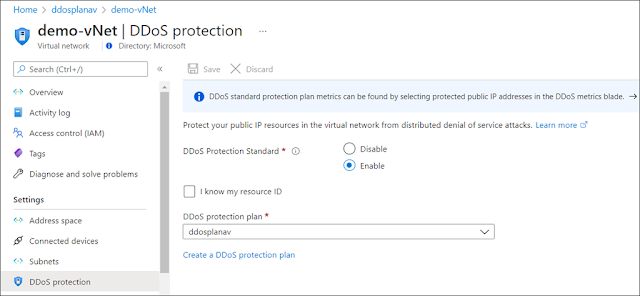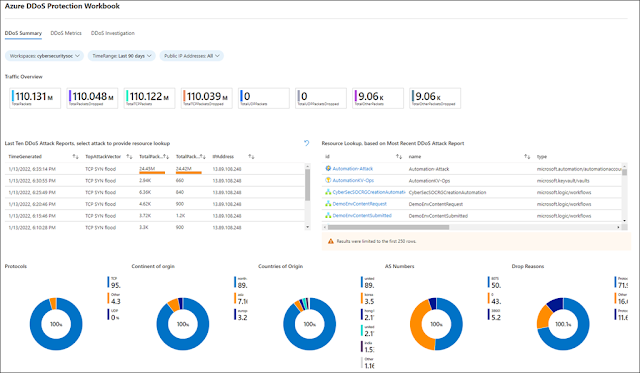Receiving Distributed Denial of Service (DDoS) attack threats?
DDoS threats have seen a significant rise in frequency lately, and Microsoft stopped numerous large-scale DDoS attacks last year. This guide provides an overview of what Microsoft provides at the platform level, information on recent mitigations, and best practices.
Microsoft DDoS platform
⇒ Microsoft provides robust protection against layer three (L3) and layer four (L4) DDoS attacks, which include TCP SYN, new connections, and UDP/ICMP/TCP floods.
⇒ Microsoft DDoS Protection utilizes Azure’s global deployment scale, is distributed in nature, and offers 60Tbps of global attack mitigation capacity.
⇒ All Microsoft services (including Microsoft365, Azure, and Xbox) are protected by platform level DDoS protection. Microsoft's cloud services are intentionally built to support high loads, which help to protect against application-level DDoS attacks.
⇒ All Azure public endpoint VIPs (Virtual IP Address) are guarded at platform safe thresholds. The protection extends to traffic flows inbound from the internet, outbound to the internet, and from region to region.
⇒ Microsoft uses standard detection and mitigation techniques such as SYN cookies, rate limiting, and connection limits to protect against DDoS attacks. To support automated protections, a cross-workload DDoS incident response team identifies the roles and responsibilities across teams, the criteria for escalations, and the protocols for incident handling across affected teams.
⇒ Microsoft also takes a proactive approach to DDoS defense. Botnets are a common source of command and control for conducting DDoS attacks to amplify attacks and maintain anonymity. The Microsoft Digital Crimes Unit (DCU) focuses on identifying, investigating, and disrupting malware distribution and communications infrastructure to reduce the scale and impact of botnets.
Recent incidents
At Microsoft, despite the evolving challenges in the cyber landscape, the Azure DDoS Protection team was able to successfully mitigate some of the largest DDoS attacks ever, both in Azure and in the course of history.
⇒ Last October 2021, Microsoft reported on a 2.4 terabit per second (Tbps) DDoS attack in Azure that we successfully mitigated. Since then, we have mitigated three larger attacks.
⇒ In November 2021, Microsoft mitigated a DDoS attack with a throughput of 3.47 Tbps and a packet rate of 340 million packets per second (pps), targeting an Azure customer in Asia. As of February 2022, this is believed to be the largest attack ever reported in history. It was a distributed attack originating from approximately 10,000 sources and from multiple countries across the globe, including the United States, China, South Korea, Russia, Thailand, India, Vietnam, Iran, Indonesia, and Taiwan.
Protect your applications in Azure against DDoS attacks in three steps:
Customers can protect their Azure workloads by onboarding to Azure DDoS Protection Standard. For web workloads it is recommended to use web application firewall in conjunction with DDoS Protection Standard for extensive L3-L7 protection.
1. Evaluate risks for your Azure applications. This is the time to understand the scope of your risk from a DDoS attack if you haven’t done so already.
a. If there are virtual networks with applications exposed over the public internet, we strongly recommend enabling DDoS Protection on those virtual networks. Resources in a virtual network that requires protection against DDoS attacks are Azure Application Gateway and Azure Web Application Firewall (WAF), Azure Load Balancer, virtual machines, Bastion, Kubernetes, and Azure Firewall. Review “DDoS Protection reference architectures” to get more details on reference architectures to protect resources in virtual networks against DDoS attacks.






0 comments:
Post a Comment